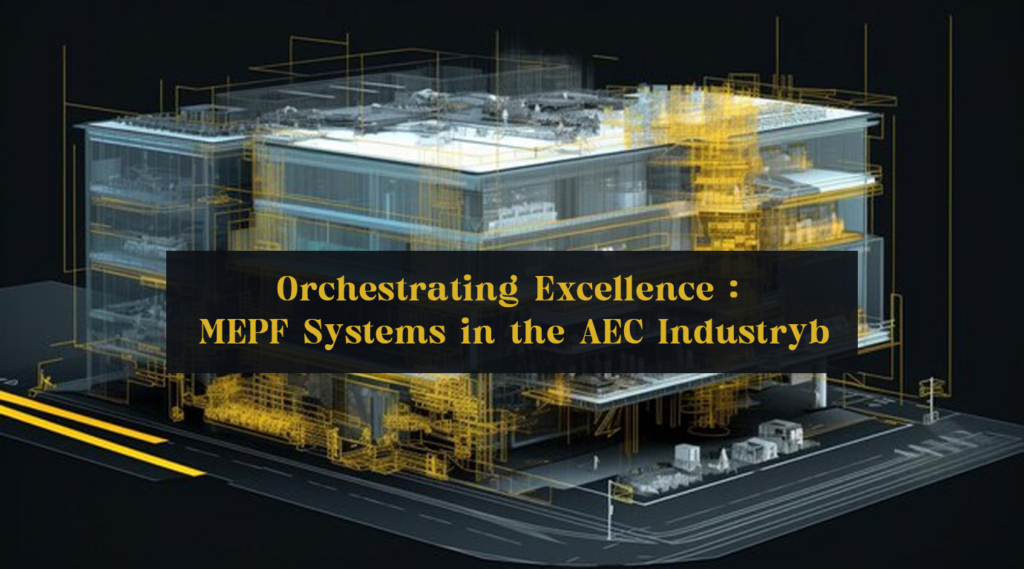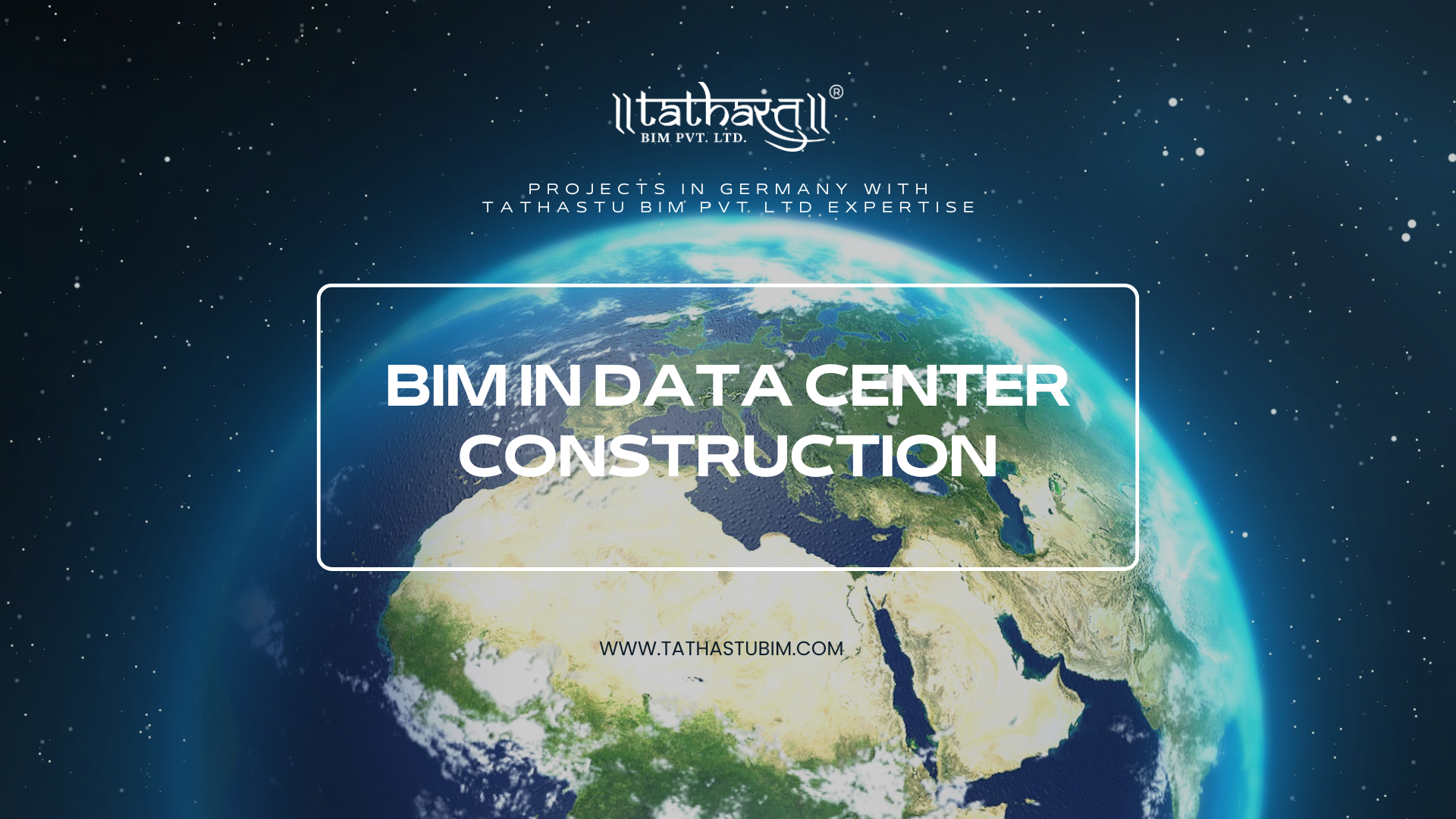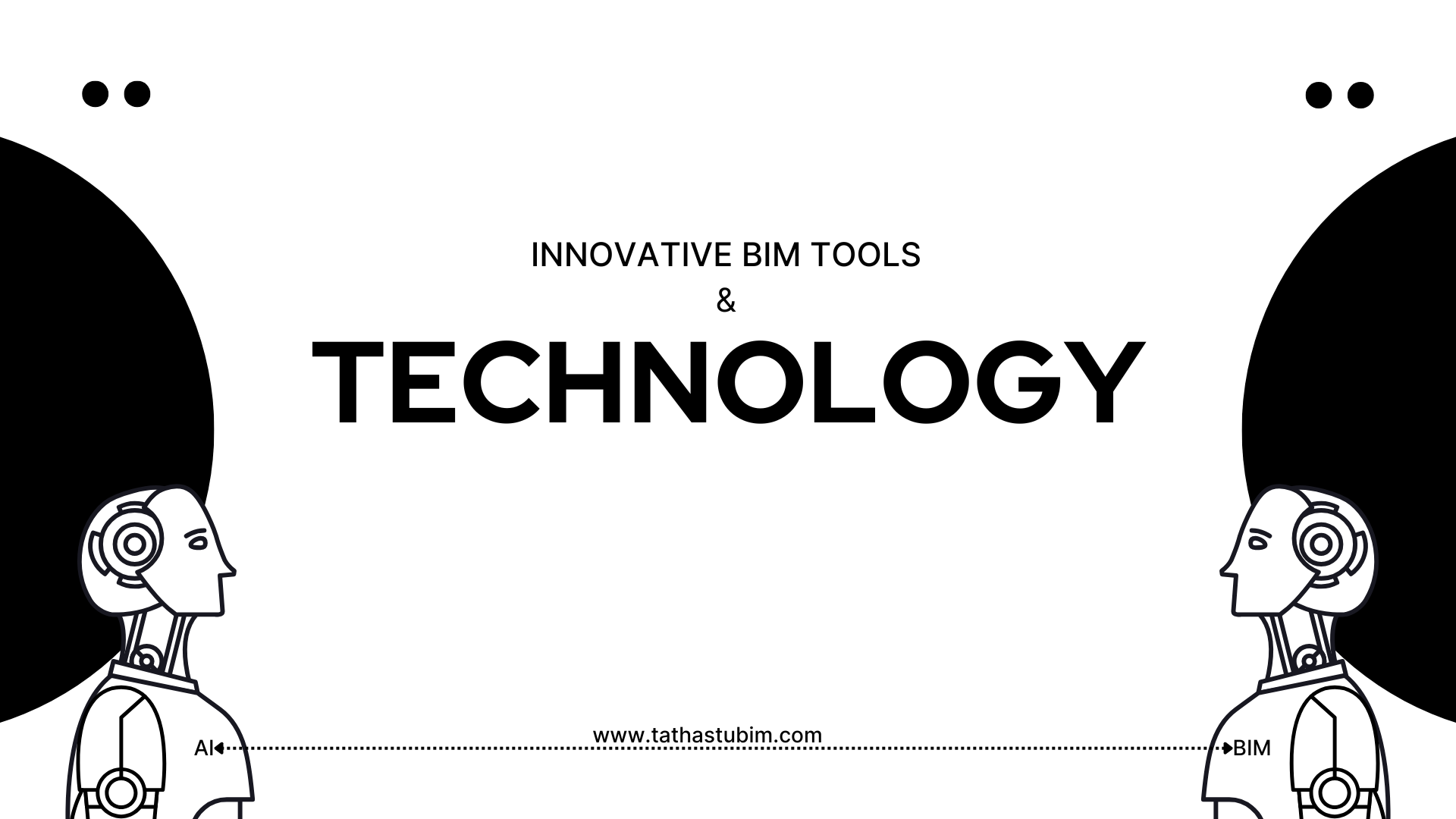


Orchestrating Excellence: MEPF Systems in the AEC Industry
Introduction
The Architecture, Engineering, and Construction (AEC) industry stands at the intersection of innovation and functionality, and at the heart of this dynamism lie the Mechanical, Electrical, Plumbing, and Fire Protection (MEPF) systems. As we delve into the orchestration of excellence within the AEC sector, it becomes evident that MEPF systems play a pivotal role in shaping the future of construction.
The Integral Role of MEPF Systems in AEC
In the intricate tapestry of AEC projects, MEPF systems are the unsung heroes that ensure buildings not only stand tall but function seamlessly. These systems go beyond providing comfort; they are the lifelines that guarantee safety, sustainability, and operational efficiency. Iconic structures worldwide stand as testaments to the indispensable role of MEPF in achieving architectural and engineering brilliance.
Challenges and Opportunities in MEPF Integration
While MEPF systems are indispensable, their integration presents a myriad of challenges. Coordinating these complex systems within the broader AEC workflow demands a delicate balance between design aspirations, budget constraints, and stringent regulatory requirements. However, challenges bring opportunities, and the AEC industry stands poised to innovate and overcome these hurdles, fostering a new era of MEPF integration.
The Digital Revolution: BIM and MEPF Collaboration
In the digital age, Building Information Modeling (BIM) emerges as a transformative force in MEPF coordination. The three-dimensional virtualization of construction projects facilitates unparalleled collaboration among architects, engineers, and contractors. Real-time insights, clash detection, and accurate simulations enable the seamless integration of MEPF systems, resulting in enhanced project efficiency and reduced rework.
Sustainability and Energy Efficiency in MEPF Design
With the global shift towards sustainability, MEPF systems take center stage in green building initiatives. Innovations in design and technology not only prioritize energy efficiency but also contribute to achieving coveted green building certifications. The AEC industry is witnessing a paradigm shift where MEPF practices actively engage in reducing environmental footprints, aligning with the growing demand for sustainable construction.
The Intersection of MEPF and Smart Building Technologies
As smart building technologies revolutionize the real estate landscape, MEPF systems find themselves at the forefront of innovation. The Internet of Things (IoT) applications and data analytics redefine how MEPF components operate. From predictive maintenance to real-time monitoring, the marriage of MEPF with smart technologies is transforming buildings into intelligent, adaptive ecosystems.
Resilience and MEPF: Preparing for the Unexpected
Resilience is a non-negotiable attribute in today’s construction landscape, and MEPF systems play a crucial role in fortifying buildings against unforeseen challenges. Designing MEPF systems with resilience in mind ensures structures can withstand natural disasters and emergencies, safeguarding both lives and investments. Real-world examples underscore the importance of resilient MEPF solutions in creating disaster-resistant buildings.
MEPF Training and Professional Development in AEC
The dynamic nature of MEPF systems necessitates a continual commitment to professional development within the AEC workforce. Training programs and certifications empower engineers to navigate the evolving landscape of MEPF technologies, ensuring a skilled workforce capable of addressing the industry’s complex challenges.
Regulatory Compliance and MEPF in AEC
In a tightly regulated industry, compliance is paramount. Navigating the labyrinth of regulations governing MEPF systems requires vigilance and adaptability. AEC professionals must stay informed about evolving standards, ensuring that projects adhere to regulations without compromising timelines or incurring unnecessary costs.
Conclusion
As we conclude our exploration into the orchestration of excellence through MEPF systems in the AEC industry, these systems are not mere components but integral contributors to the success of construction projects. The future promises further innovations, collaborations, and sustainable practices, heralding a new era where MEPF excellence defines the very essence of architectural and engineering achievements.
Popular Posts





